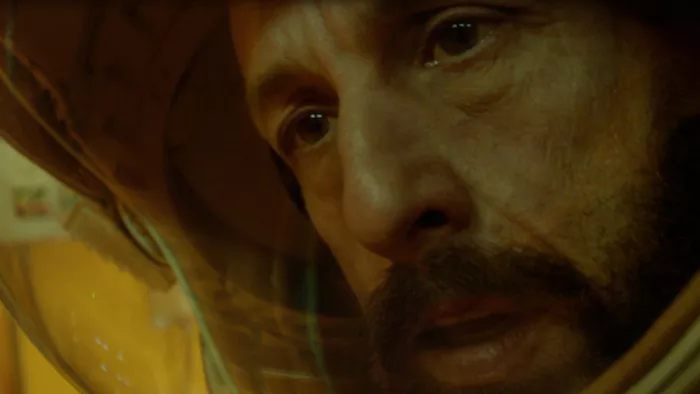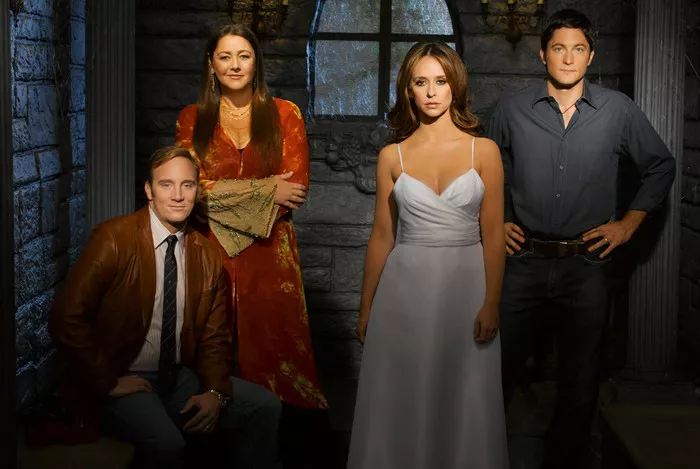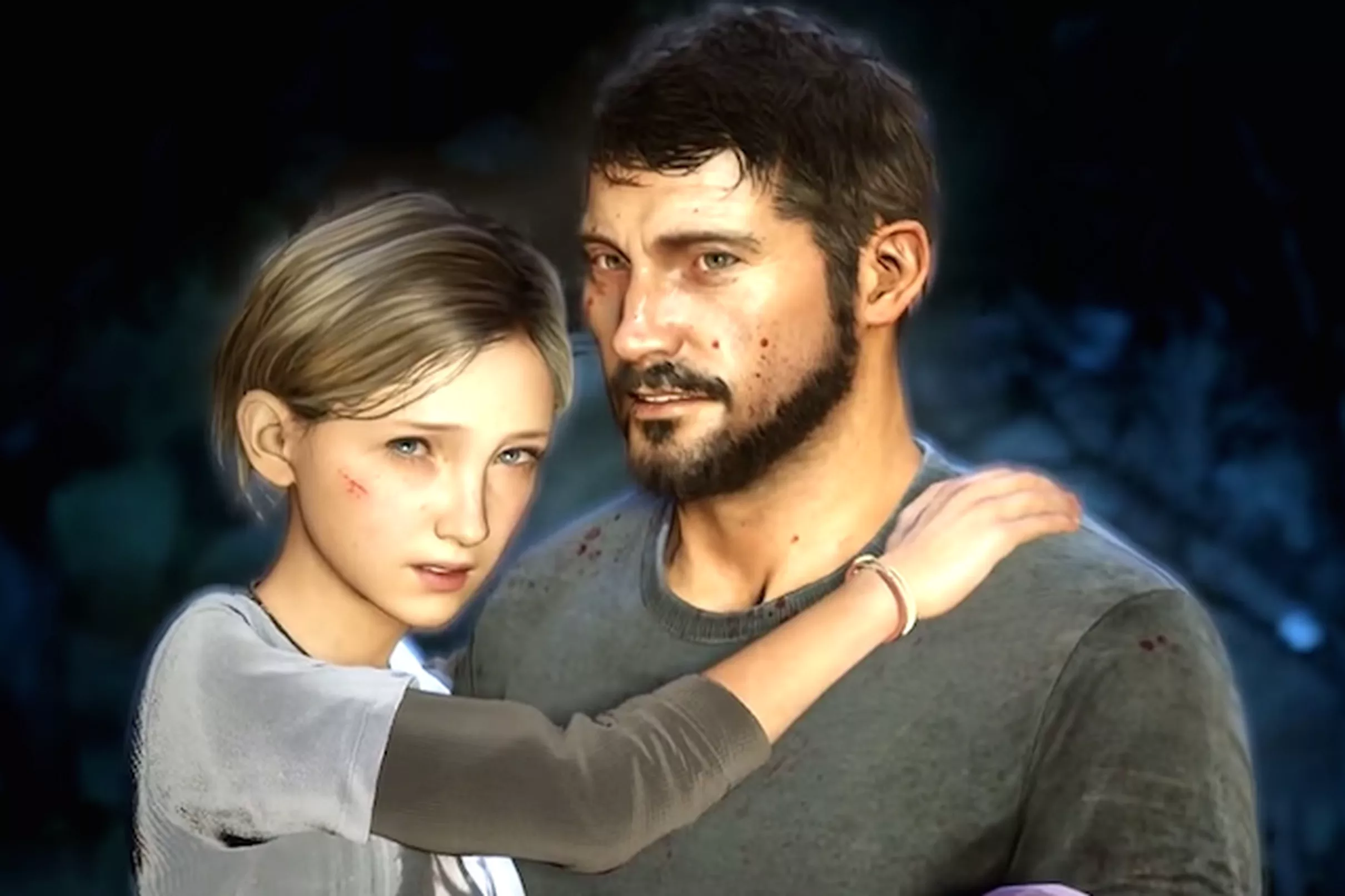In the realm of television, few announcements have stirred as much excitement and anticipation as the revelation of “The Last of Us” TV series. Based on the critically acclaimed video game franchise developed by Naughty Dog, the adaptation promises to immerse audiences in a world ravaged by a fungal infection, where survival is a constant struggle and humanity’s darkest facets are brought to light. As fans eagerly await its release, this article endeavors to delve into the depths of what we know about the series so far, its potential impact on the television landscape, and the challenges and opportunities inherent in adapting such a beloved and complex narrative.
Bringing a Beloved Game to the Small Screen: The Challenge of Adaptation
Adapting a beloved video game into a television series is no small feat. “The Last of Us” is revered not only for its gripping gameplay but also for its rich storytelling and well-developed characters. The challenge for the creators of the TV series lies in capturing the essence of what made the game so compelling while also offering something fresh and engaging for both fans and newcomers alike.
One of the key elements that made the game so memorable was its emotionally resonant narrative. Set in a world decimated by a fungal outbreak that turns humans into zombie-like creatures, the story follows Joel, a hardened survivor, and Ellie, a young girl who may hold the key to humanity’s salvation. Their journey across a desolate landscape is fraught with danger and moral ambiguity, as they confront not only the infected but also other survivors who will stop at nothing to ensure their own survival.
Translating this narrative depth to the small screen requires careful planning and consideration. The TV series must strike a balance between faithfulness to the source material and the demands of the television format. This includes fleshing out characters and storylines to suit the episodic nature of television while retaining the core themes and emotional resonance of the game.
From Console to Screen: The Creative Team Behind the Series
One of the most promising aspects of “The Last of Us” TV series is the talent involved both in front of and behind the camera. Spearheaded by Craig Mazin, known for his work on the critically acclaimed miniseries “Chernobyl,” and Neil Druckmann, the creative director behind the original game, the series boasts a formidable team with a proven track record of delivering high-quality storytelling.
Mazin and Druckmann’s collaboration holds great promise for fans of the game, as it suggests a commitment to honoring the source material while also bringing a fresh perspective to the adaptation. Druckmann’s intimate knowledge of the game’s world and characters, coupled with Mazin’s expertise in crafting compelling narratives, bodes well for the series’ ability to capture the essence of what made the game so beloved.
In addition to Mazin and Druckmann, the series features an impressive cast led by Pedro Pascal as Joel and Bella Ramsey as Ellie. Pascal, known for his role in “Game of Thrones” and “The Mandalorian,” brings a depth and gravitas to the character of Joel, while Ramsey’s portrayal of the spirited Ellie promises to capture the character’s strength and vulnerability.
Building a World: The Visual Aesthetic of “The Last of Us”
Central to the success of any adaptation is the ability to evoke the world of the source material visually. In the case of “The Last of Us,” this means capturing the bleak yet hauntingly beautiful landscape of a world reclaimed by nature. From overgrown cityscapes to abandoned suburbs, the series must transport viewers to a world ravaged by infection and despair.
Early glimpses of the series suggest a commitment to authenticity in recreating the world of the game. Concept art and set photos reveal a meticulous attention to detail, from the overgrown vegetation to the dilapidated buildings that serve as a backdrop to the characters’ journey. The use of practical effects and location shooting further enhances the sense of immersion, allowing viewers to feel as though they are truly walking in the footsteps of Joel and Ellie.
At the same time, the series has the opportunity to expand upon the world established in the game, offering viewers new insights into the nature of the infection and its impact on society. This could involve exploring new locations, introducing new characters, or delving deeper into the lore of the game’s universe. By building upon the foundation laid by the game, the series has the potential to enrich the overall storytelling experience and offer something new even to those familiar with the source material.
Navigating Controversy: Addressing Sensitive Themes
One of the defining features of “The Last of Us” is its willingness to tackle sensitive and morally complex themes. From the nature of survival to the consequences of violence, the game forces players to confront difficult questions about what it means to be human in the face of overwhelming adversity. The TV series will likely need to navigate similar territory, presenting these themes in a way that is both thought-provoking and respectful.
One area of particular concern is the portrayal of violence, which played a significant role in the game’s narrative. The series will need to strike a balance between depicting the brutal realities of life in a post-apocalyptic world and avoiding gratuitous violence for shock value. This includes being mindful of the impact that such scenes may have on viewers, particularly given the series’ potential to reach a broader audience than the game.
Another sensitive issue is the portrayal of characters from marginalized communities, particularly Ellie, who is revealed to be gay in the game’s downloadable content. The series has the opportunity to explore Ellie’s identity in greater depth, presenting a nuanced portrayal of LGBTQ+ representation in a mainstream television series. However, it will be important for the creators to handle this aspect of the character with care and sensitivity, avoiding stereotypes or tokenism in favor of a more authentic representation.
Anticipating the Future: The Legacy of “The Last of Us” TV Series
As the release of “The Last of Us” TV series draws nearer, anticipation continues to build among fans of the game and newcomers alike. With its talented creative team, faithful adaptation of the source material, and commitment to exploring complex themes, the series has the potential to leave a lasting impact on the television landscape.
Beyond its immediate success, the series could pave the way for more adaptations of video games into other mediums, legitimizing the medium as a source of rich and engaging storytelling. By demonstrating the viability of adapting video game narratives for television, “The Last of Us” has the potential to open doors for other properties and inspire a new generation of storytellers to explore the possibilities of interactive storytelling.
Conclusion
“The Last of Us” TV series represents a convergence of talent, creativity, and ambition rarely seen in the world of television. With its compelling narrative, rich characters, and visually stunning world, the series has the potential to captivate audiences and leave a lasting impact on the medium. As fans eagerly await its release, the series stands poised to redefine what is possible in the realm of television adaptation.



























